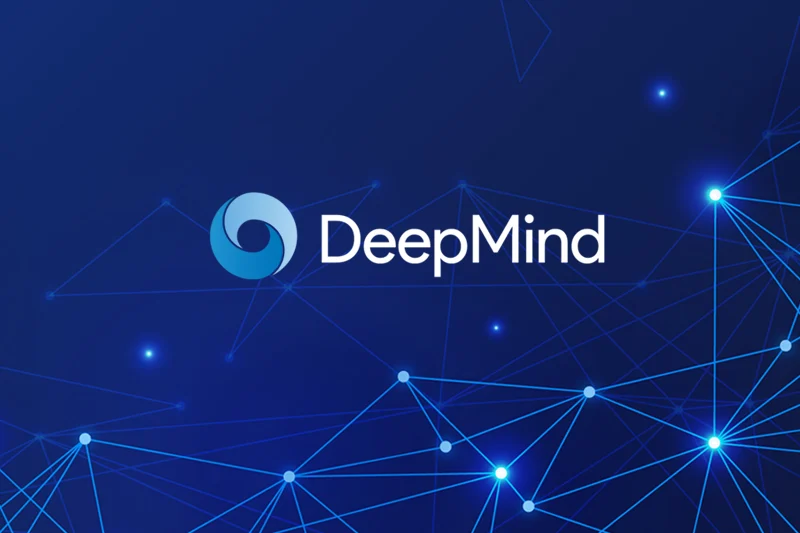Google DeepMind AI, the tech giant’s artificial intelligence department, unveiled a tool on Tuesday that forecasts if genetic abnormalities may cause harm, a discovery that could aid research into uncommon diseases. The findings are “another step in recognizing the impact that AI is having in the natural sciences,” according to Pushmeet Kohli, vice president of research at Google DeepMind.
The tool concentrates on “missense” mutations, which impact a single letter of the genetic code. A typical human genome contains 9,000 such mutations, which can be harmless or cause diseases such as cystic fibrosis or cancer, or affect brain development. Four million of these mutations have been detected in people to date, but only 2% of them have been classed as disease-causing or benign.
There are 71 million potential mutations in total. AlphaMissense, a Google DeepMind tool, evaluated these mutations and predicted 89 percent of them with 90 percent accuracy. Each mutation was given a score that indicated its likelihood of producing disease (also known as pathogenicity).
Also see: Google to Pay Over $155 Million to Settle Claims For Tracking Location Data
As a consequence, 57 percent were categorized as likely benign, 32 percent as likely pathogenic, and the remainder as unclear. The database has been made public and available to scientists, and an accompanying paper was published in the journal Science on Tuesday.
Experts Joseph Marsh and Sarah Teichmann said in an article published in Science that AlphaMissense had “superior performance” than previously known methods. “We should emphasize that the predictions were never really trained or never really intended to be used for clinical diagnosis alone,” Google DeepMind’s Jun Cheng remarked.
“However, we do think that our predictions can potentially be helpful to increase the diagnosed rate of rare disease, and also potentially to help us find new disease-causing genes,” Cheng added. According to the experts, this could indirectly lead to the creation of novel medicines.
Also see: Google Might Use Samsung’s FO-WLP to Make Tensor G3 Run Cooler Than the Tensor G2
The program was trained on the DNA of humans and closely similar primates to identify which genetic changes are common. According to Cheng, the training enabled the tool to process “millions of protein sequences and learn what a regular protein sequence looks like.”
It could then detect a mutation and its potential for harm. Cheng described it to learning a language. “If we substitute a word from an English sentence, a person that is familiar with English can immediately see whether this word substitution will change the meaning of the sentence or not.”



















